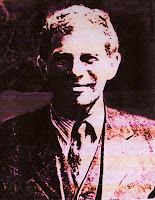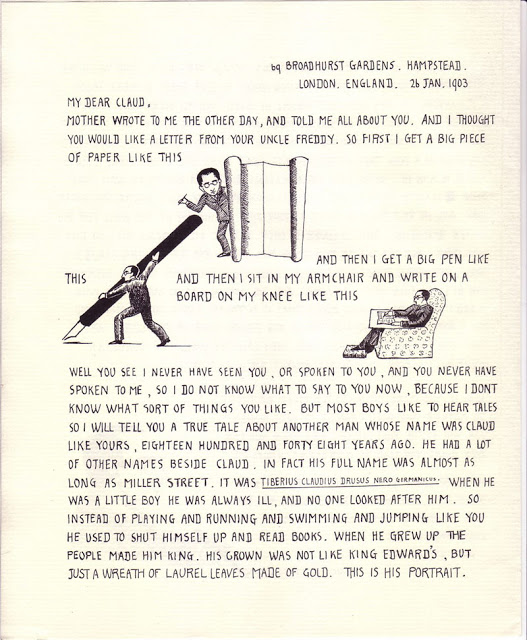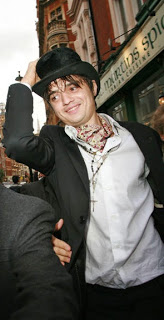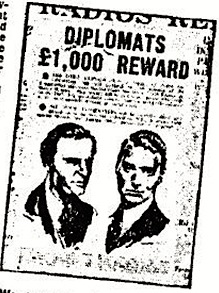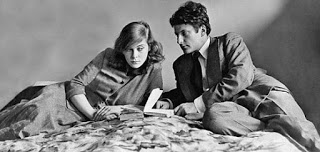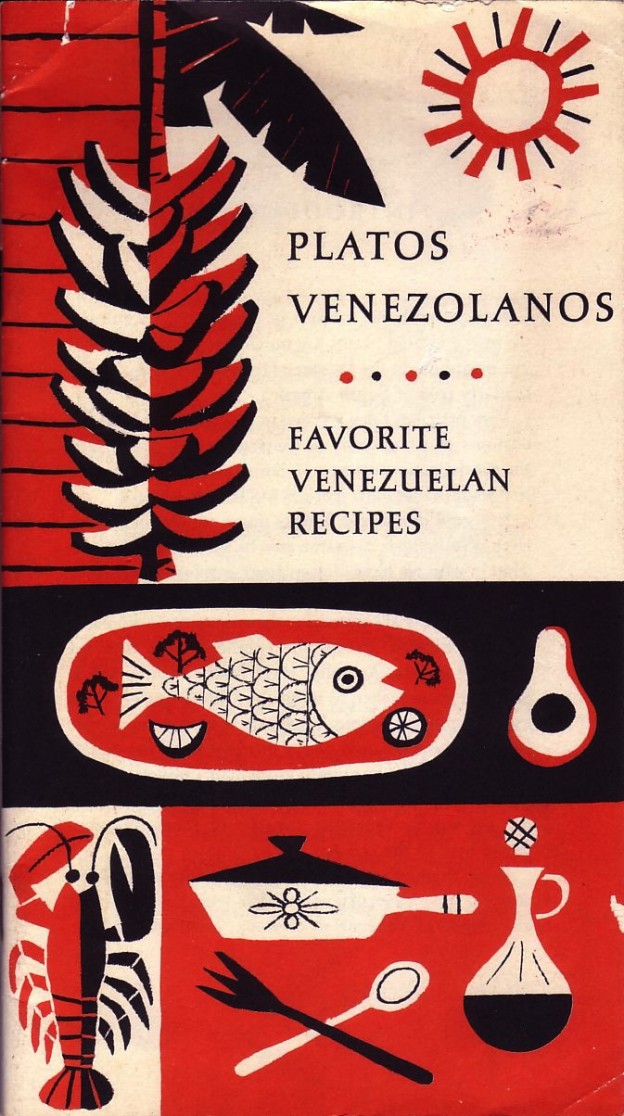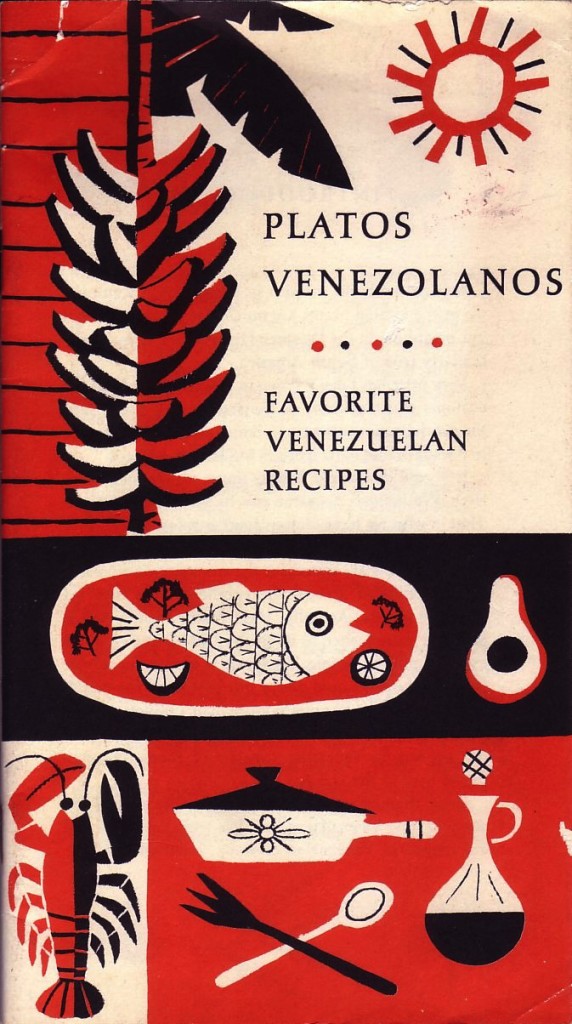
From a 1921 booklet published in Cincinatti. The game of 500 (a Contract Bridge related game close to Euchre) was popular in the 1920s and tally cards for it sometimes turn up on Ebay. The book also has suggestions for an October Nut party where guests come as the thing they most dislike 'thus a man may rouge his cheeks and paint his lips and spray himself with a strong perfume, while a woman may wear a plug of tobacco on cord as a pendant' and many nut related dishes can be served including 'black walnut ice cream.' Autre temps, autres moeurs.
MARCH
A Mad March Hare Card Party
Trace the outline of a rabbit in the corner of a correspondence card and write thereon this invitation:
The Hatter and the Dormouse and the Mad March Hare–all three,
Would like to have the pleasure of your jolly company,
To help them celebrate in a manner fit and hearty
The umptieth anniversary of their famous "Mad Tea Party".
Below are the names of the hostess, and the day, date, and hour. The guests arrive to find the rooms all upset–chairs crowded into a heap, books on the floor, curtains askew, card tables still folded, and jonquils and other spring flowers scattered on tables beside vases of water. The hostess explains that a March wind has just blown through her rooms and disarranged them. With the help of the guests the rooms are quickly put in order, and progressive Five Hundred begins, with rabbit-shaped tally cards. At the end of four hands the hostess announces that who already have made slams must deduct 1000 from their scores, and in the future must subtract 500 for each slam. This causes much bewailing until, at the end of the play, the hostess awards the first prize to the lowest score, and the booby to the highest.
Tea is served at the dining table, bearing as centerpiece a toy bunny with a high paper hat on one ear. China and silver are in a jumbled heap on a buffet, from which each guest selects what she needs.
When all are seated the hostess pours the tea, which is accompanied by cinnamon toast, thin sandwiches of various kinds, tiny iced cakes, bonbons and salted nuts. When all are eating merrily the hostess calls out "Change Seats", and every other guest changes seats with his left hand neighbor. The newcomers at each place have to eat what they find there, regardless of personal preferences. Places are changed several times during tea, whenever the hostess signals.



